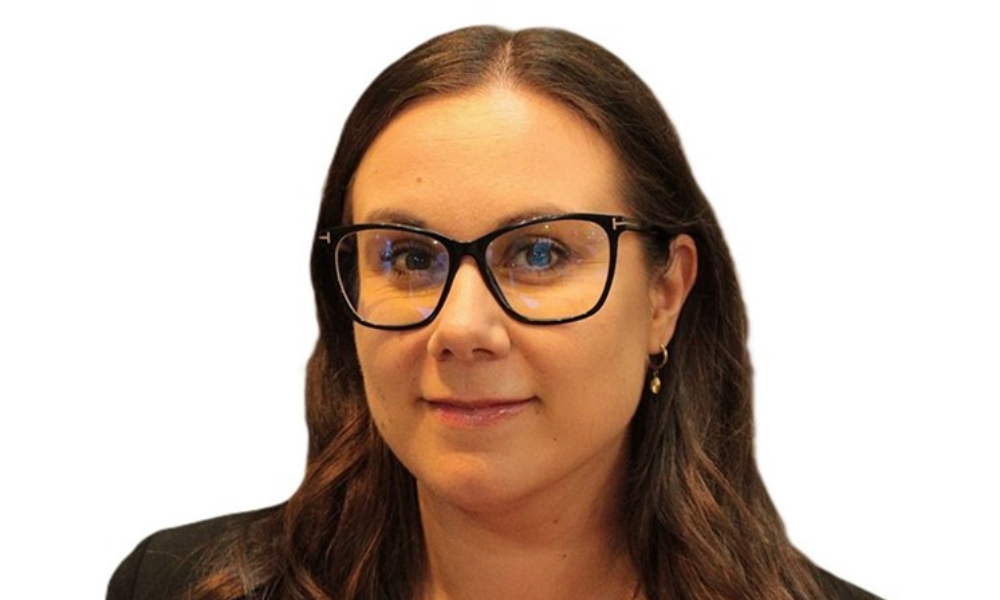
Only 45% of Canadians have some sort of plan in place for retirement

This article was produced in partnership with iA Financial Group.
As people continue to live and work longer, the challenge of longevity – running out of money too soon into retirement - is hanging over many Canadians’ retirement plans.
According to research from CCP Investments, only 45% of Canadians actually have some sort of plan in place for their retirement, with 53% admitting they don’t know how much money they’ll need to retire.
Part of this anxiety stems from a change in the last decades in the retirement plan landscape, as employers are opting for Capital Accumulation Plans (CAP) over Defined Benefit (DB) plans, says Caroline Fillion, FICA, FSA, and Manager, Group Products at iA Financial Group.
This shift is largely driven by the predictability of costs for the plan sponsor, making financial planning more straightforward for them. “With DB plans, the retiree has a guaranteed predictable monthly pension income – the financial risk is assumed by the plan sponsor,” she explains.
The increased participation in capital accumulation plans, however, shifts that burden.
As capital accumulation plans have matured, more employees are reaching retirement with assets solely accumulated in these plans.
“Some employees arrive at retirement with a significant amount of money accumulated but are often left alone to manage their own investment and longevity risks,” adds Fillion. “On the other hand, the aging workforce also becomes a challenge [here], because some of these workers may not be able to afford to retire - they might stay at work longer than they should.”
This situation can lead to decreased productivity over time as employees age – not to mention that financial insecurity can take a toll on employees' mental health.
“If they worry a lot about their financial security in retirement and don’t have a strong plan in place for their accumulated assets, it can burden them and impact their role at work,” Fillion explains.
This is where sponsor support comes in. While many of them are acutely aware of the difficulties that CAP-led employees face in retirement, they’re still hesitant to offer up their own decumulation solutions, instead relying solely on their service provider. But how much support should employees receive from their employer? And whose ultimate responsibility is it when it comes to setting up the best retirement plan?
“We’ve seen that there are employees who don’t feel ready to take their retirement – and that they’re actually working longer than anticipated. [Here], the sponsor can offer decumulation support [such as] personalized financial advice.’’
This is where solutions such as iA’s Transit program can come into play. ‘’We can offer the same management fees for the retirees as we do for the active members with their sponsor. [This means] they can still benefit from the group aspect of pulling together the money, having lower management fees, and having access to certified in-house advisors.”
And for plan sponsors, fiduciary responsibility moves over – essentially a complete win/win situation. Because with all the new technologies, products and strategies moving into the benefits market, employers need to keep their eye on the ball or risk being left behind.
Currently, retirees who have assets accumulated in CAPs have two choices – they can either decumulate by themselves and manage their funds meaning they have to be savvy in how much they chose to withdraw or save.
The other option is to buy an annuity in exchange for a guaranteed income for life – however, as Fillion tells HRD, this isn’t a popular option.
Many retirees prefer to manage their funds through a LIF (Life Income Fund) or a RRIF (Registered Retirement Income Fund).
However, legislative changes are introducing new products like VPLAs (Variable Payment Life Annuities), which offer a pooled approach to investment and mortality risk. Industry groups, federal and provincial governments are still working towards harmonizing VPLA frameworks across jurisdictions.
“With VPLAs, which we’re hoping to offer in the near future, the investment and mortality risk are pooled among all retirees in the group,” explains Fillion. “Instead of insuring the risk individually, it’s shared across the group.” However, the pension amount can fluctuate based on investment returns and the mortality experience of the pool.
“The advantage is that it will deliver a lifetime retirement income and the fact that there is no guaranteed amount makes the VPLA significantly less expensive than a traditional annuity,” says Fillion. “The drawback is that you won’t know exactly what that lifetime income will be; it will vary, but you are sure that you will have money until you die.”
As retirement anxieties are currently on the rise in Canada, diversification in your retirement plan offering seems like the most productive way to hedge your retirees’ bets. For Fillion, she believes success here comes down to a mixture of education, communication and forward planning.
“The plan sponsor can rely on the solution their service providers offer them – such as what we offer at iA,” says Fillion.
“I also think the financial literacy of employees is really important. [Employers] should be communicating with their employees regarding the importance of financial planning and education on all matters.”